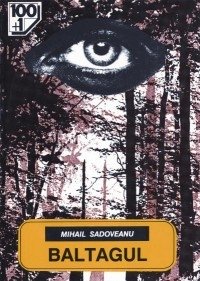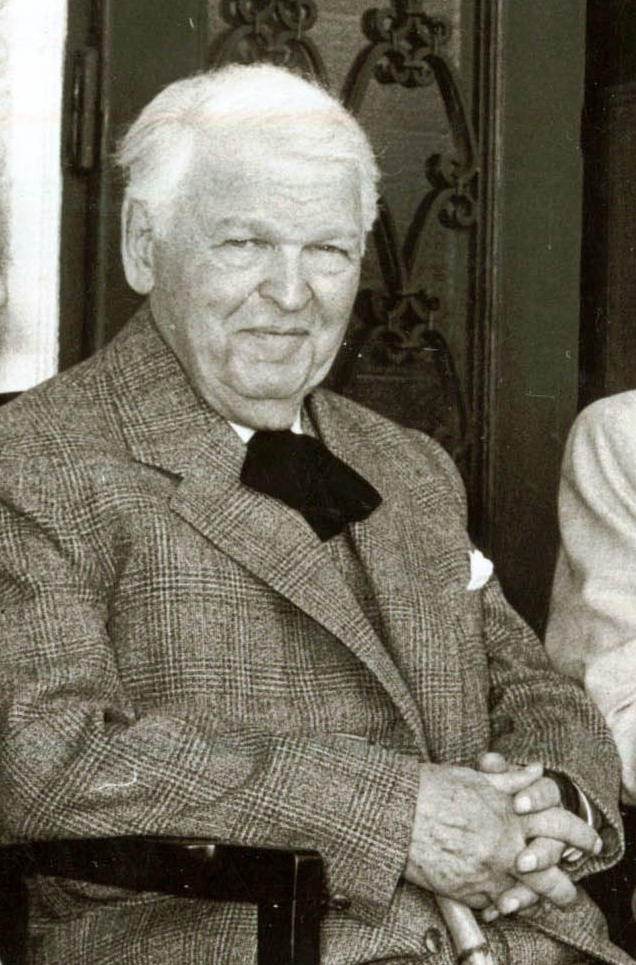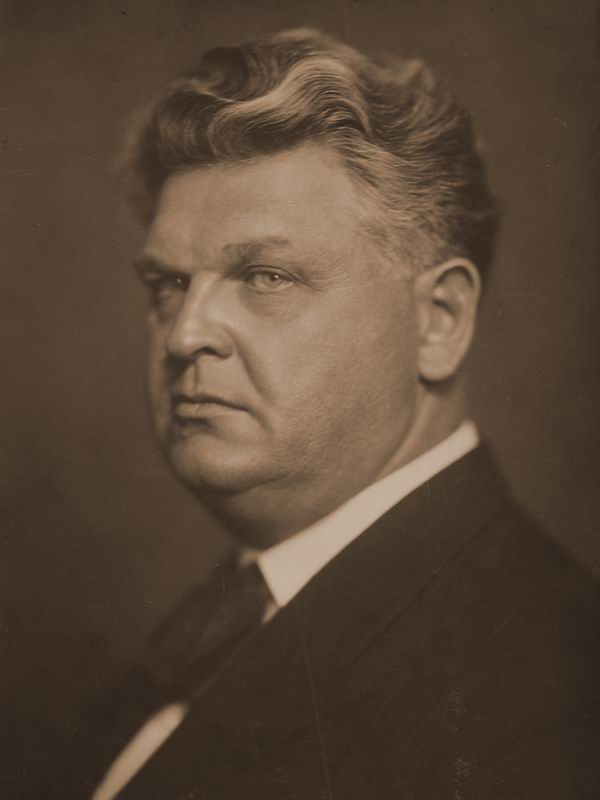
- The Hatchet
- Published by: Ed. Gramar
- Level: Intermediate
- First Published in: 1930
Baltagul (The Hatchet) is a modern adaptation of a seminal piece of Romanian folklore, the ballad “Miorita” (The Ewe Lamb). It tells the story of Vitoria Lipan, an assertive, strong-willed woman who subverts the patriarchal order in her attempts to seek justice for her murdered husband.

Mihail Sadoveanu was a Romanian short-story writer, novelist, and political figure. His literary work combines folk motifs, nationalist-traditionalist themes, and modernist-realist techniques, and is nourished by a desire to capture the authentic Romanian spirit, with its moral and religious values. Baltagul ( The Hatchet ) is a modern adaptation of a seminal piece of Romanian folklore, the ballad “Miorita” (The Ewe Lamb).
"His literary work combines folk motifs, nationalist-traditionalist themes, and modernist-realist techniques, and is nourished by a desire to capture the authentic Romanian spirit, with its moral and religious values"
It tells the story of Vitoria Lipan, an assertive, strong-willed woman who subverts the patriarchal order in her attempts to seek justice for her murdered husband. A mother of two, she lives in Măgura Tarcăului, a village in the heart of Moldavia. Her life revolves around her household, her children Gheorghita and Minodora, and her family’s flock of sheep. Her relatively idyllic life is turned upside down when her husband Nechifor, who travelled into the heart of the mountains to buy livestock, fails to return on time. Vitoria has a premonitory dream, in which she sees him on horseback, with his back to her, moving westward: “Se făcea că vede pe Nechifor Lipan călare, cu spatele întors către ea, trecând spre asfinţit o revărsare de ape.” She voices her concerns to the village priest, who dispels her fears. However, her unfaltering trust in superstitions and symbols, deeply embedded in the archaic world she grew up in, prompts her to take action.

Determined to discover the truth about her husband’s disappearance, Vitoria fasts for twelve Fridays. She then goes to see the village priest so he can bless the hatchet she will take on a mythical yet dangerous quest, which she embarks along with her son Gheorghita. The two retrace Nechifor’s journey through the mountains of Moldavia, encountering several people who saw him on his way to Dorna, his final destination. She questions two shepherds who last saw him alive, but they deny any wrongdoings. Nevertheless, Vitoria skilfully pieces together the intricate puzzle before her discovery of the family dog, Lupu, helps her find the final piece.
Lupu leads her down to the ravine where Nechifor’s remains rest alongside those of his horse. Over the next few days, Vitoria and her son bury him. The burial ritual is extremely important to Vitoria: it is a form of closure, but also an opportunity to catch those who murdered her husband. She invites the two shepherds to the “parastas” (burial banquet), where, to the bewilderment of the guests, she accurately recounts her husband’s journey and subsequent death. One of the two shepherds admits his guilt, while the other becomes violent and gets into a fight with Gheorghita, who hits him on the head with her mother’s hatchet. Vitoria is finally able to get justice for her murdered husband and returns to the village, together with her son and the sheep her husband had bought before he was killed.
The novel’s language bears the linguistic marks of the period it represents. It’s archaic and preserves the softness of the Moldavian dialect, oozing musicality and solemnity, and bringing to life the patriarchal, traditional atmosphere through archaisms and regionalisms like “baci” (shepherd), “chimir” (peasant belt), “răvaș” (letter), and “oleac” (just a little).

